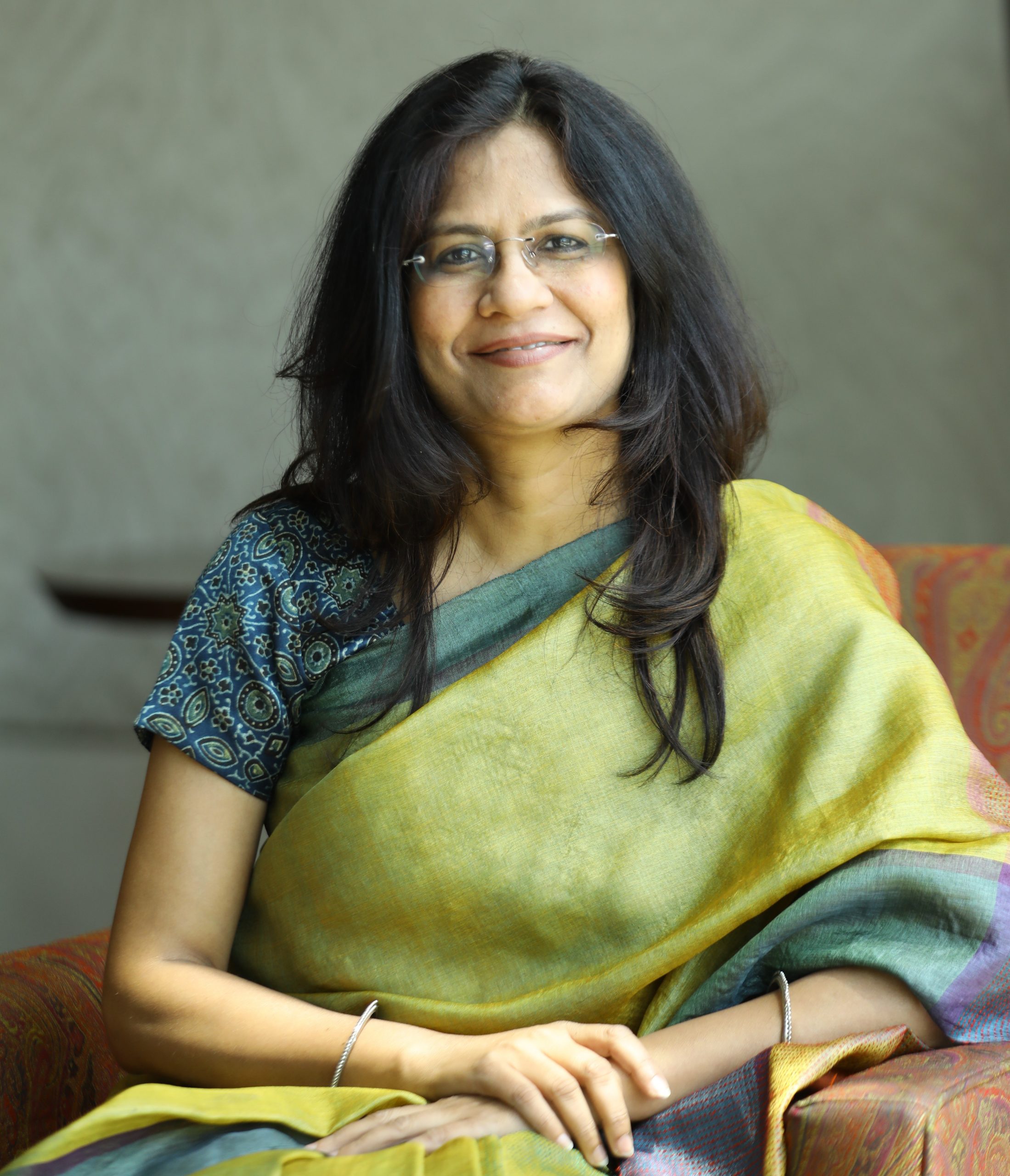In recent times, there has been a new breed of social entrepreneurs in India. These are the people who are striving to build and grow enterprises that create opportunities for marginalised communities. Working on the intersections of profit and social impact, these social entrepreneurs are setting up organisations based on new business models or unconventional programmatic approaches.
As with most startups, the biggest challenge they run into is procuring timely funding. Since their operating models and/or programmes are not traditional or proven, most funders–be they philanthropic foundations or impact investors, are unwilling to take a bet on them. Even funders who want to support new ideas often only actively fund the straight and narrow. The ecosystem simply hasn’t evolved enough for disruptors like these.
My time at UnLtd India (an incubator) has given me an opportunity to watch and guide these social entrepreneurs as they go along their fundraising journey–starting from money given by friends and family, and eventually graduating to institutional funding. I have found that a majority of them neither fit the for-profit lending or investing archetype, nor do they have a place in the nonprofit donor world.

Even funders who want to support new ideas often only actively fund the straight and narrow. | Picture Courtesy: Pixabay
Related article: Funding the atypical
Obstacles in raising funds for innovative social enterprises
Consider Agro Industries*, a socially motivated private limited company that works with over 1,000 tribal farmers who have unproductive, fallow lands. Agro is championing change through an innovative buy-back model. They educate farmers, who otherwise work as migrant labourers, to grow and cultivate eucalyptus trees in their previously abandoned fallow lands. The output is then sold to the local paper industry. This enables the farmers to earn a substantial income from their own lands.
For smaller investors, dynamic social enterprises are high-risk projects.
There is, however, a four-year gestation period for eucalyptus trees to grow to their full potential. To keep the farmers engaged during this period, Agro has introduced farmers to inter-cropping which provides them with immediate income via cash crops, and sustainable food for themselves. This engagement model was proven successful when the first set of trees were cut in 2018 and another 1,000 farmers are now interested in participating in this model.
Agro Industries may have designed an ecologically-sound solution that provides sustainable livelihood opportunities and empowers farmers, but the lack of adequate initial investments during the conversion of fallow land to productive land, training, and sourcing raw materials, remains a constant challenge for them.
Some of the obstacles an enterprise like Agro runs into when attempting to raise funds from different sources include:
While the model has garnered interest from government financial institutions, they are not allowed to provide loans without any collateral. And, in the case of Agro Industries, neither the trees nor the land belongs them, resulting in no assets to pledge. As a result, no loans can be procured.
On the equity front, impact investors are not interested, as most social enterprises (like Agro) are in their nascent stages, and often built on a service model, not a product-based one. Also, equity comes at a much higher cost (besides potential mission drift) than is warranted for this need.
For smaller investors, dynamic social enterprises are high-risk projects.
Five or ten years ago, perhaps Agro Industries would have structured its social businesses as a nonprofit. However, raising philanthropic funds for an economically viable service fee-based model is counter intuitive even though foundations and philanthropists today want their nonprofit partners to be sustainable.
If a nonprofit exceeds 25 percent of its annual budget, its tax exemption status is at risk. This stipulation restricts the ability of nonprofits to be truly self-sustaining.
In addition, in India, it is not possible for organisations registered as nonprofits to be sustainable in the true sense of the word. Sustainability entails an organisation having self-generated revenues that are not grant or donation dependent.
However, the law stipulates that if a nonprofit–be it a Section 8 company, a trust, or a society—has a product or service-based income that exceeds 25 percent of its total annual budget, its tax exemption status is at risk. This stipulation restricts the ability of nonprofits to be truly self-sustaining.
Related article: To DIB or not to DIB
And so, I pose the question once again—where do the disrupters go?
Between the regulatory framework and funders who want sustainability, organisations who want to be innovative in their business models are left hanging, as these new innovative models struggle to compete in a funding market that is traditional, restrictive and governed by rules that serve the conformists.
Here are some suggestions and recommendations on what can be done to improve this:
We need more schemes that provide guarantee cover to entrepreneurs. Access to guarantees enable enterprises to access loans from formal financial institutions by covering the latter’s risk for any default. While there are only a few of them, models like that of the guarantee provided by Rabobank Foundation with high success rates in agri–loans to Farmer Producer Organisations can be studied for best practices and replicated.
Not bound by CSR or reporting laws, foundations have the capability, capacity and flexibility to give grant money to disruptive models. We are beginning to see some foundations fund innovative financing like Development Impact Bonds (DIBs) on the nonprofit side; there are similar opportunities to explore new forms of financing on the social enterprise side as well.
Government institutions that support social entrepreneurs need to understand and accept disruptive models. They need to rethink the need for collateral or look at alternatives such as a proven track record of the social organisation or the business model itself as collateral. Disruptive models may meet the requirements sought by such institutions, but usually fall short of fitting the defined model types.
Looking ahead
In summary, what is really needed is a concerted effort by all stakeholders to create an ecosystem that supports disruptors and untested social enterprise ideas. Some of this can only come about if the incubators, enterprises, institutional funders, and banks work together to discuss business models, risks, and funding models that are appropriate for different life cycles of an enterprise.
*The name of this enterprise has been changed.




